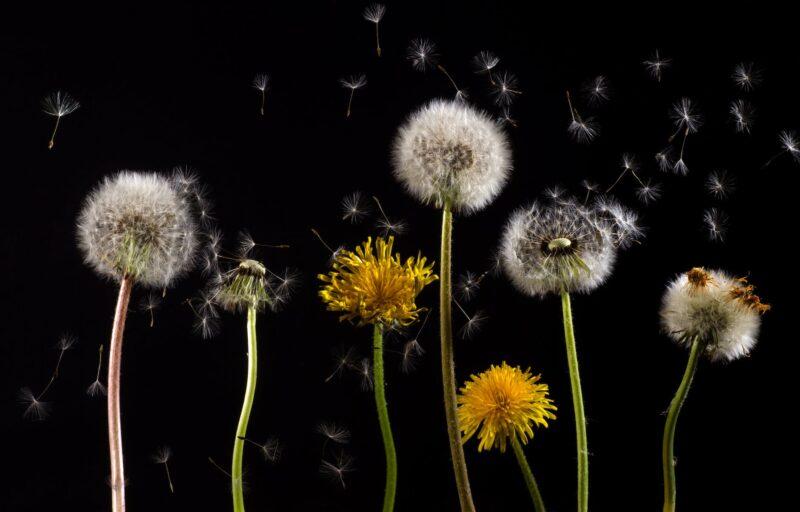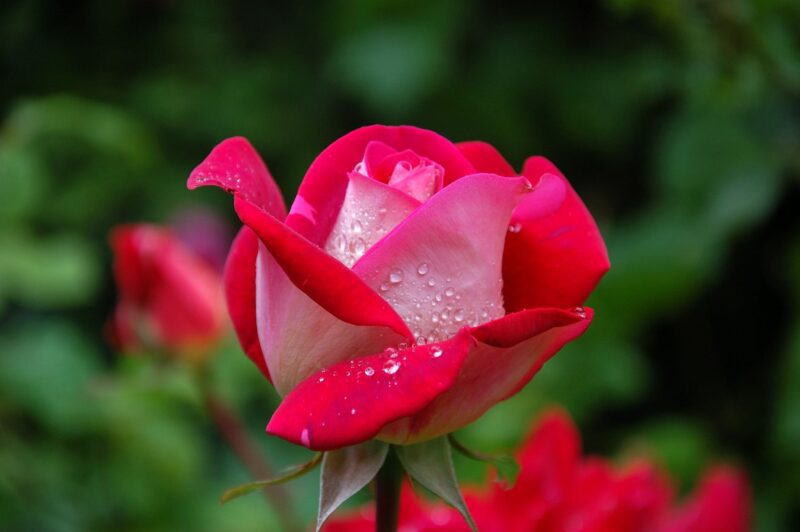The beliefs and practices of most modern Pagan religions have a lot to do with plants and the stories about them. Many Sabbats, in particular, are associated with the magical properties of various plants. Yule is the name for the winter solstice, which happens between December 20 and 22 in the northern hemisphere and between June 20 and 22 in the southern hemisphere. Let’s look at Yule and the seven plants that are frequently associated with it.
01. YEW

The yew tree depicts the last day as the solar year comes to an end. The days will lengthen again after the winter solstice, but right now, it seems like the nights go on forever. The yew tree is linked to immortality and long life, and in many places in Europe, people thought it could lead to a world beyond our own. Yew is considered sacred by some Wiccan sects due to the triple goddess’ crone aspect, which manifests throughout the colder months of the year. The winter solstice is a good moment to stop viewing change as an impediment and start seeing it as an opportunity for the future. Don’t be afraid of change; instead, choose to welcome it.
02. OAK

The Oak King beats the Holly King at the winter solstice as we bid the old solar year farewell. By the time Yule arrives, all of the oaks will have lost their leaves and acorns, yet they are still tenacious and powerful symbols of perseverance. The oak tree is a symbol of victory and success and is connected to several gods, including the powerful Thor. As a symbol of their ties to the divine, rulers frequently wore oak-leaf crowns. After all, one had to look at oneself as if one were a living god, an incarnation of the god on earth. When Roman generals won a battle, they were given oak crowns. The oak leaf is still used as a symbol of leadership in the military today.
03. BIRCH

Birches are often the first trees to grow back after a forest fire. This is why they are associated with new life and starting over. Birch-based projects might provide fresh initiatives with some more “oomph” and energy. The birch is also related to magic used for protection, healing, and fertility, as well as for creativity and fertility. Following the winter solstice, it is the first month in the Celtic tree calendar. Make your own besom out of birch branches to use in spells and rituals, including enchantments, rejuvenation, purification, new beginnings, and rituals for beginnings.
04. MISTLETOE

Everyone is familiar with the custom of cuddling up beneath the mistletoe because it symbolizes reconciliation and the end of strife, which is a fitting topic for the winter holidays. Why not employ it in your efforts to put a stop to conflict and dissatisfaction in your life, like the Norsemen did when they convened beneath a growth of mistletoe? You can hang a “kissing ball” in the entryway or scatter mistletoe sprigs around your house and on tabletops in vases and bowls. Mistletoe is tied to prosperity and fertility, as well as a number of gods, including the Norse Frigga and Baldur. Pliny wrote that the elder Druids used golden sickles to collect parasitic mistletoe from oak trees as part of a ritual. To ensure the fertility of the animals, it was harvested during a waxing moon phase. Two white bulls were slain as part of the ritual, and if prayers were answered, prosperity would be bestowed upon the villages.
05. IVY

Do you recall the traditional holiday tune about holly and ivy? Both play a significant role in the winter solstice period. Ivy often keeps growing after the plant it was attached to has died. This shows us that life goes on in a never-ending cycle of birth, growth, and death. Now is a great time to work on getting better and building a wall between yourself and your toxic environment. Ivy can be utilized in spells that promote healing, safety, teamwork, and romantic ties. Use ivy in your Yule decorations to symbolize the strong ties of family and friendship, as well as the virtues of fidelity and loyalty.
06. HOLLY

As the solstice draws near, the holly plant has come to symbolize the setting sun in many European communities. Holly is a symbol of the old solar year, and it has something to do with the Holly King, an early version of Santa Claus who is defeated at Yule by the Oak King. According to pre-Christian British Isles tradition, creating a hedge around your home would keep evil spirits out, thanks in large part to the sharp spikes on the leaves. The ancients used holly wood both to make weapons and to make magic that would protect them. To bring your family luck and protection, hang a twig of holly in your home. By soaking leaves overnight in spring water under a full moon, you can manufacture holly water (which you presumably read as holy water!) or wear it as a charm. To bring the Yule season indoors, add holly branches to boughs, wreaths, and garlands.
07. EVERGREEN

Do you remember that large tree you recently brought in from the woods and decorated with lights and decorations? That is continuing a long-standing custom of bringing the outside inside. When all the other trees have lost their leaves and gone dormant for the winter, your evergreen family of trees will still be, well, green. Evergreen trees include pine, fir, juniper, and cedar. They are frequently associated with themes of protection and prosperity, as well as a continuation of life and renewal. It’s acceptable if you don’t want to bring a real tree inside your home. Think about using discarded branches to create your own wreaths, boughs, and swags. Also, most evergreens smell great, so you’ll be able to enjoy the smells of the season as well as its look and feel.





